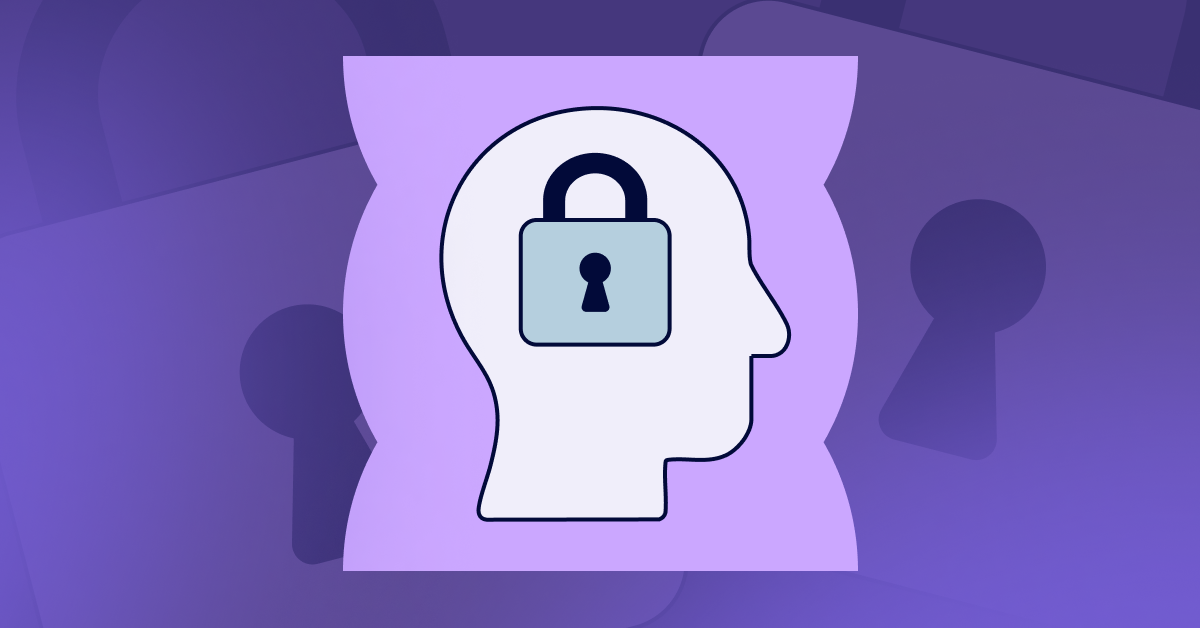Would Your Company Survive a Cyberattack?
Cyberattacks are no longer just a big-business problem. This post breaks down why small and mid-sized companies, especially those in growth mode, are increasingly targeted and often underprepared. You'll learn the real business risks of poor cyberattack preparedness, the most common security gaps leadership teams overlook, and how to build a cybersecurity approach that scales with your business, not just for compliance, but for long-term resilience.

You don’t need to be a billion-dollar enterprise to be a target. In fact, attackers often go after companies that are growing fast but haven’t fully invested in cybersecurity yet; businesses with sensitive data, remote teams, and limited internal IT resources.
In 2024 alone, more than 60% of mid-sized organizations reported at least one cyber incident, according to the Verizon Data Breach Investigations Report. Ransomware, phishing, and business email compromise are hitting companies that used to believe they were “too small to matter.” That’s no longer true, especially if you handle private customer data, process payments, or operate in a regulated industry like healthcare, legal, or finance.
The real risk? It’s not just the attack itself. It’s the downtime, the reputational hit, the regulatory consequences, and the scramble that happens when your team doesn’t have a clear plan in place. Many companies don’t realize how vulnerable they are until it’s too late.
At Notics, we work with growing businesses to build cybersecurity into the foundation of their operations — not bolt it on later. From incident response to employee training to endpoint protection, our approach helps you prevent attacks and recover faster when they do happen.
Why Most Companies Aren’t Prepared
Let’s start with the basics: most SMBs don’t have a complete cybersecurity strategy. That doesn’t mean they’re ignoring security, it means their protection is often piecemeal, reactive, and disconnected from broader business planning.
Common issues include:
- No formal cybersecurity risk assessment
- Outdated endpoint protection or firewall rules
- Lack of employee cybersecurity training
- No documented data breach response plan
- No regular backup and recovery testing
- Confusion around compliance requirements
If you're relying solely on antivirus software and hoping for the best, that’s not a strategy. It’s a risk.
And while enterprise-grade attacks make headlines, it’s smaller companies that are increasingly targeted. Attackers know these organizations often lack 24/7 monitoring, dedicated security teams, or clear incident response processes. In fact, 43% of cyberattacks now target small businesses, according to Accenture.
What’s at stake isn’t just data. It’s:
- Business operations
- Customer trust
- Regulatory compliance
- Financial stability
For example, a ransomware attack that encrypts key files can shut down operations for days. or weeks. The average downtime after a ransomware incident is 22 days (Coveware), and the recovery costs can far exceed any ransom demand.
How to Strengthen Your Company’s Cyberattack Preparedness
Below are five foundational strategies every growing business should implement to stay ahead of evolving cyber threats.
1. Conduct a Cybersecurity Risk Assessment
What it is: A structured process to identify, evaluate, and prioritize risks to your systems, data, and users.
Why it matters: You can’t protect what you haven’t audited. A risk assessment helps uncover gaps in your current defenses, from exposed endpoints to undersecured cloud applications.
How to do it effectively:
- Evaluate critical business functions and systems
- Identify internal and external threats
- Assess likelihood and potential impact
- Rank risks and create mitigation plans
Business impact: You get clarity on what needs to be protected and where to invest your resources first.
2. Build a Documented Incident Response Plan
What it is: A clear, step-by-step guide for what to do when — not if — a cyber incident occurs.
Why it matters: In the middle of a breach, your team can’t afford confusion or delays. A documented plan limits downtime and ensures a faster, more coordinated recovery.
How to do it effectively:
- Assign roles and responsibilities
- Define steps for containment, eradication, and recovery
- Include legal, compliance, and communication workflows
- Test it regularly with tabletop exercises
Business impact: You reduce the time and cost of a breach while preserving trust with customers, partners, and regulators.
3. Strengthen Endpoint and Network Security
What it is: A combination of tools and policies that protect every device and network connection your company uses.
Why it matters: Every laptop, phone, or remote connection is a potential entry point. If one is compromised, your entire environment can be at risk.
How to do it effectively:
- Deploy endpoint detection and response (EDR) tools
- Use strong network segmentation and firewall rules
- Apply security patches and updates consistently
- Enforce MFA (multi-factor authentication)
Business impact: You shrink your attack surface, increase threat visibility, and prevent small intrusions from becoming large-scale incidents.
4. Train Employees on Cybersecurity Best Practices
What it is: Ongoing, role-specific security awareness education for your entire team.
Why it matters: 95% of breaches are caused by human error, according to IBM. Even the best tech can’t stop someone from clicking a phishing link or using a weak password.
How to do it effectively:
- Use short, frequent training modules
- Simulate phishing attempts and review results
- Provide secure usage guidelines for remote work
- Create a no-blame culture for reporting mistakes
Business impact: You turn your staff from a vulnerability into your first line of defense.
5. Develop a Backup and Recovery Plan
What it is: A reliable process for creating secure, frequent backups and testing your ability to restore them quickly.
Why it matters: Ransomware often encrypts or deletes data. Backups only help if they’re recent, tested, and isolated from your production systems.
How to do it effectively:
- Use the 3-2-1 rule (3 copies, 2 media types, 1 off-site)
- Schedule automatic backups of critical systems
- Perform regular recovery tests
- Consider immutable backup options
Business impact: You gain confidence that even if systems go down, your business doesn’t.
Cyber Resilience Starts with a Plan
Surviving a cyberattack isn’t just about luck; it’s about preparation. Companies that invest in cybersecurity early and treat it as a core business function are better equipped to adapt, recover, and keep moving forward.
Cyber threats aren’t slowing down. The tools attackers use are getting more automated, more sophisticated, and more targeted toward small and mid-sized companies. If your business is growing, your cybersecurity strategy needs to grow with it.
At Notics, we help you take a proactive approach:
- We assess your current posture
- We implement real protections, not checklists
- We prepare your team for the next incident, not the last one
If you haven’t revisited your cybersecurity roadmap in the last year, now’s the time to ask:
Would your company survive a cyberattack?
And if you’re not sure, it’s time for a conversation.
we can help
Did you enjoy this content?
Subscribe to our newsletter and get weekly tips on leveraging technology to supercharge your business operations. Don't miss out on the strategies that could transform your company!
.png)

